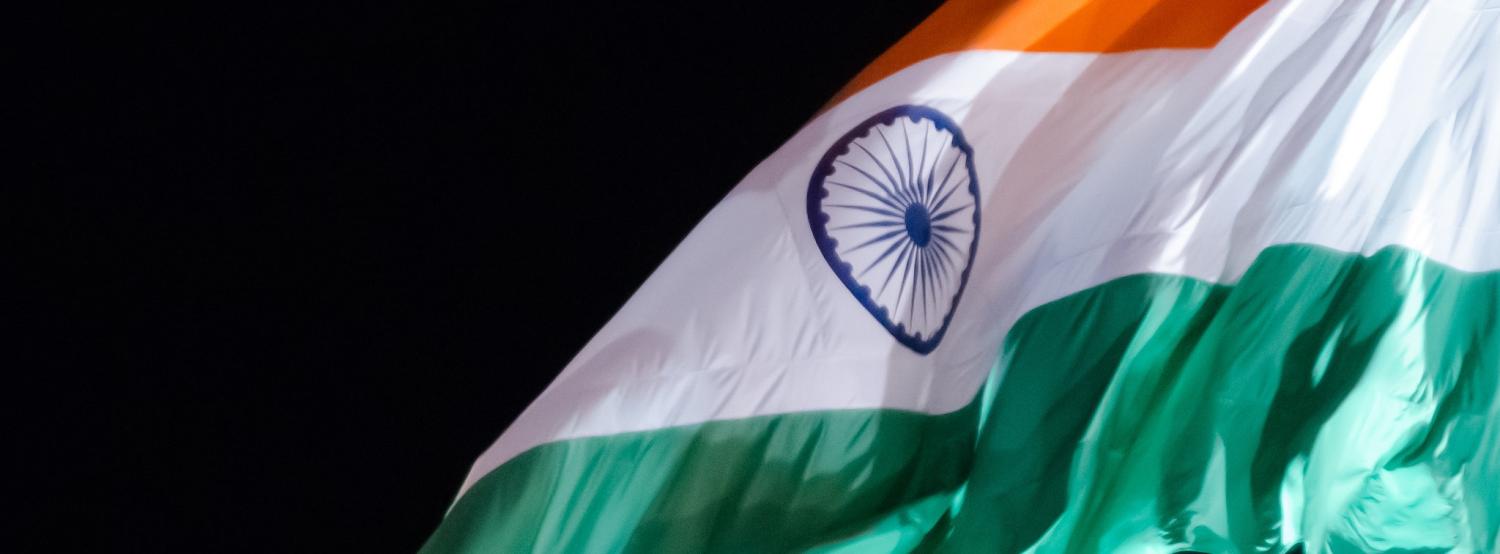The two-month standoff between India and China on the desolate Doklam plateau in the Himalayas shows no signs of ending. Indeed, while both sides have so far been careful to avoid a shooting match, there are indications that relations are souring further and the confrontation could easily metastasize into new theatres. An unedifying video has surfaced showing Indian and Chinese troops engaged in fist fights and stone throwing on 15 August at a lake near Ladakh, some 2000km from Doklam. This isn't the appearance of two countries that desperately want to defuse the dispute.
Importantly, the dispute may not stay in the Himalayas but could move to the maritime realm. India has a particular view about its role in the Indian Ocean, making it highly sensitive to any Chinese naval presence, no matter how small. This also makes it an easy button for Beijing to press if it so wishes.
In September 2014, in conjunction with Chinese President Xi's first visit to India soon after the election of the Modi government, the PLA made a significant incursion over the Line of Actual Control in the Himalayas while docking a Chinese submarine at Colombo. What exactly Beijing (or perhaps the PLA leadership) was seeking to achieve from these actions while Chinese and Indian leaders were supposed to be getting down to business is still a mystery. But it seems to have been a miscalculation on China's part, given India's predictably adverse reaction.
That incident, along with other developments in the Indian Ocean, including the opening of China's first overseas military base in Djibouti last month and a recent step-up in submarine deployments, has only increased Delhi's sensitivity to Chinese 'incursions' into what India considers to be its strategic space.
There is a strong feeling in Delhi that China is simply disregarding India's aspirations to be recognised as a great power and is trampling on India's strategic space in and around South Asia at every opportunity. China's growing economic and strategic relationships with Pakistan and Sri Lanka are seen very much in this light.
India has also watched China's 'salami-slicing' tactics in the South China Sea, and the failure of the US and others to properly respond, with growing alarm. There is a determination in Delhi that Chinese salami-slicing cannot be allowed to occur on India's border. Hence the two-month stand-off on the Doklam plateau over what appears to be a relatively minor dirt road.
Indeed, the failure of Indian and Chinese leadership to resolve the Doklam stand-off means there is considerable danger it will metastasize into other theatres. Hanoi's announcement last week that it was buying supersonic Brahmos missiles from India (which Delhi clarified as being 'just talks') should be seen in this light. India's Brahmos, with a speed of Mach 3, is among the most advanced anti-ship cruise missiles in the world, and would be a major enhancement to Vietnam's capabilities in the South China Sea.
Discussions about the supply of Brahmos missiles to Vietnam have been going on for more than a decade, but a deal has been held up for several reasons, including a dispute with Russia over intellectual property rights and Delhi's concerns that it might impact India’s bid to join the Missile Control Technology Regime. But India has also worried that such a sale would unnecessarily antagonise Beijing. It is no coincidence that the Brahmos deal has been raised again now.
China too has many cards to play. Although the PLA Navy has big ambitions to expand its role in the Indian Ocean, China has been relatively cautious and incremental in developing its naval capabilities there, including its anti-piracy task force that has been deployed to the Arabian Sea since 2008. Although the opening of a naval base at Djibouti this year was an important symbolic step for China, it was also a measured one. The Chinese base joins existing French, US, and Japanese military bases in Djibouti (and soon, even a Saudi base), so it could hardly be the cause for much complaint.
Among the biggest cards China could play in the Indian Ocean would be to establish a Chinese naval base in or near the Persian Gulf. This would add a whole new element to already complex calculations about Gulf security. The most likely place for such a presence would be at the port of Gwadar in western Pakistan. The Chinese have had a commercial presence there for around 15 years, which will grow as part of the Belt and Road Initiative (among other things, Gwadar will be at the Indian Ocean end of the China Pakistan Economic Corridor stretching across Pakistan from Kashgar in western China).
Despite Islamabad's urgings, Beijing has so far resisted developing a naval presence in Gwadar. But it is quite possible that the deterioration of relations between China and India – and the mutual provocations that have gone with it – may spur China to take a more forthright naval role in Gwadar or elsewhere in the Indian Ocean. That could easily be the start of an unfortunate competitive spiral in Australia's neighbourhood.
Photo by Flickr user Ashwin Kumar.

